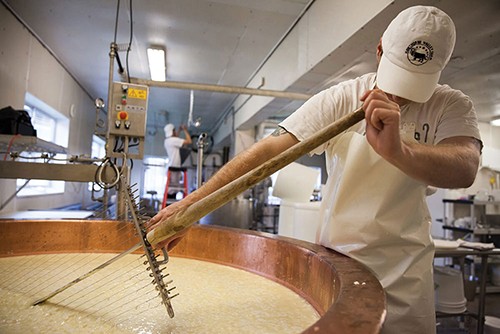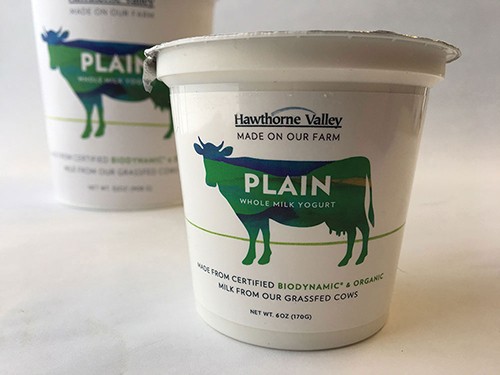Since 1972, the Hawthorne Valley Association in Ghent has reached thousands of people with its Waldorf school, biodynamic farm, social research center, and arts programs. These initiatives are all rooted in helping humanity rediscover its connection to nature. The biodynamic farm at the center of it all would be impossible without millions of undocumented microscopic creatures, so we asked Farm Production Manager Andreas Schneider to tell us a bit about the bugs.
You say the farm "runs on microbes." Could you expand on that?
It seems like every day we learn a little more about the human microbiome and how it influences overall health. We believe there's just as much to learn about the biome of our farm. We take every opportunity to work with the microbes rather than against them—to take lessons from the planetary biosphere and incorporate them into our practices.
Untreated animal waste can be a pollutant—dangerous to people, farmland, and groundwater. But when that "black gold" is composted by humans working together with a strong microbial community, it becomes a soil-building and life-sustaining fertilizer to support plant growth. It's almost like alchemy; it most certainly is a value-adding process.
Is the "fermented farm" an extension of the human/microbe collaborative process into artisanal food-crafting? Is the principle similar when you're making compost and kimchi?
Composting is an aerobic process, while most kimchi or sauerkraut ferments are anaerobic, but it's all part of the consciously harnessed interplay of "earth" (manure or cabbage), water, air, and warmth/fire. The interesting part for us is how to optimize the connection of a fermentation for soil health to human health, looking for new ways to understand the transfer and connection points between our natural surroundings and our bodies.
For kimchi, for instance, we want to know which beneficial bacteria are on a head of Napa cabbage, how they ferment, and, when fermented, how they impact human digestion and immune system performance. To close the loop, we want to know how the composting and fertility practices of the farm that grew the cabbage impact the type of bacteria present on the leaves. Just like each individual has a unique microbiome, we want to find out how the farm organism is supported and expressed through the microbial and fungal communities.














